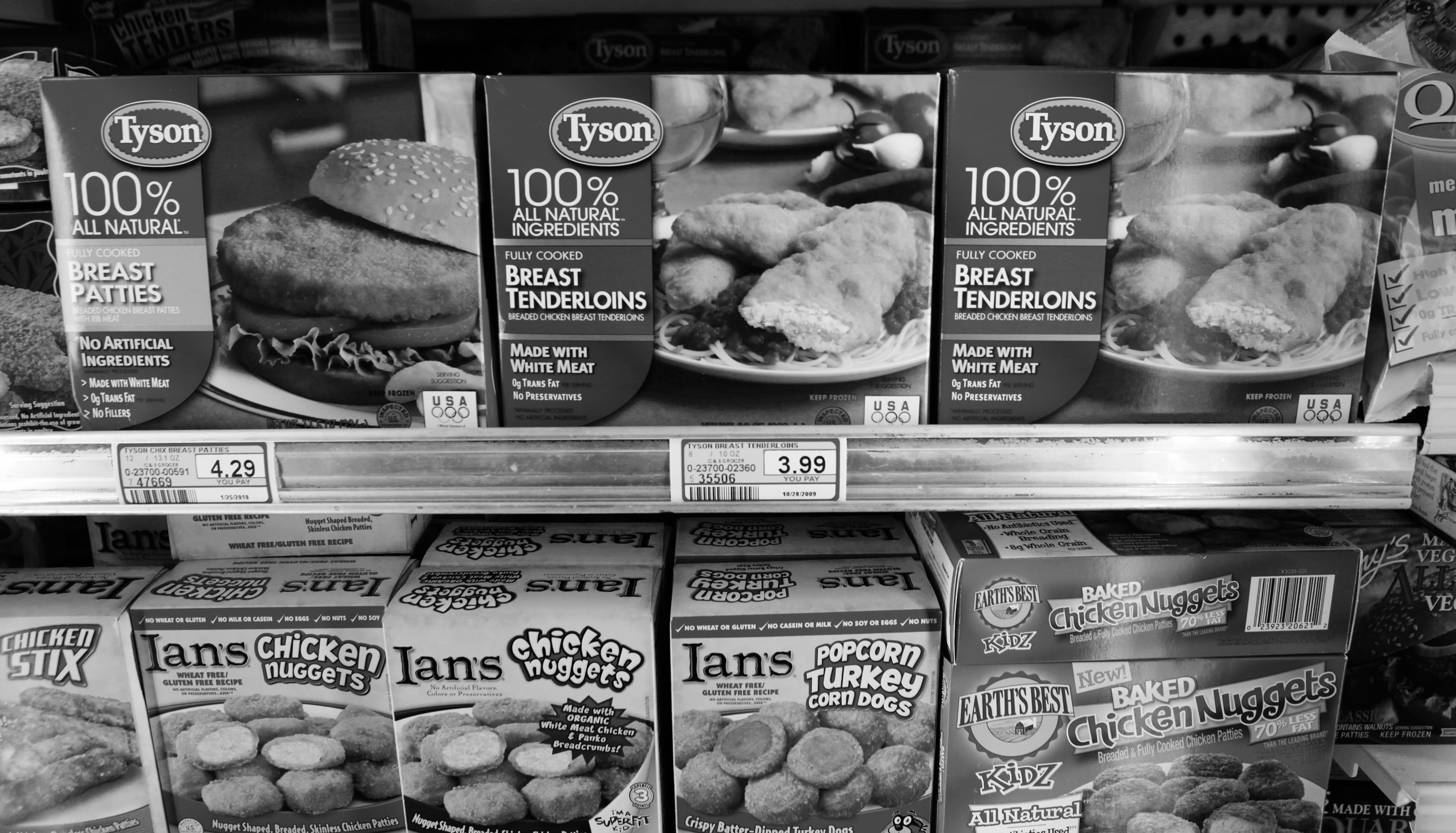Overview
Our exploration into the professional home remodeling industry reveals an intricate weave made with the insights and perspectives of industry experts. In this comprehensive overview, we examine the current trends, challenges, and opportunities shaping the outlook for the first half of 2024.
Follow us in decoding the multifaceted dynamics that define the professional home remodeling landscape, from cautious optimism amid choppy trends to remodelers’ strategic considerations and the nuanced preferences between independent suppliers and big box retailers.
Unraveling the Tapestry: Trends and Optimism
Recent trends in the professional home remodeling industry have been nothing short of dynamic. A tapestry woven with threads of optimism and caution, as some remodelers enjoy increased demand while others move at a more leisurely pace. Professionals project a cautiously optimistic sentiment against the backdrop of an impending seasonal ebb, navigating the undulating waves of market dynamics.
Backlogs and Leads: The Pillars of Stability
Despite the shifting trends, the industry is supported by solid backlogs, which average around 5.5 months, and robust lead generation. This stability serves as a foundation for professionals to strategically position themselves for the arduous journey ahead.
Probing the 2024 Horizon: A Mixed Outlook
Looking into the crystal ball of 2024, industry experts predict a landscape marked by a range of expectations, from positive to negative, laced with uncertainty due to the upcoming presidential election. Notably, the discussion focuses on the potential impact of the electoral landscape on market dynamics rather than economic conditions.
Navigating Project Realities: Size, Value, and Focus
With a mosaic of remodelers experiencing fluctuations, project sizes emerge as a pivotal factor shaping the narrative. Approximately half are dealing with slightly smaller projects, while a significant 20% are seeing an increase in average project size. The divergence reflects a strategic shift, with a preference for smaller, needs-based renovations over luxury.
Value Engineering in Focus
In the aftermath of homeowner sticker shock, there is a greater emphasis on value engineering. Remodelers are recalibrating their strategies, with parameters established for small, medium, and large projects. The focus of remodelers remains on projects under $40k for small, $40-150k for medium, and $200k and up for large projects.
The Pulse of Backlogs: Stability Amidst Flux
Examining the pulse of backlogs reveals that the industry has reached a state of equilibrium. According to analysts’ observations, the average backlog is 5.5 months. Currently, backlogs may deviate slightly, perhaps by one week, but they remain remarkably close to the established norm. Overall, the distribution of remodelers reporting longer or shorter backlogs is balanced.
Pro Perspectives on 2024: Election Dynamics and Revenue Realities
Election Shadows Cast on 2024
The anticipatory gaze toward 2024 is tinged with uncertainty, owing primarily to the upcoming presidential election. Historical trends indicate a drop in demand during election years, leading professionals to adopt a mixed outlook, with revenue projections teetering on the brink of positive and negative trajectories.
Analysts emphasize the concerted efforts of remodelers to increase close rates in 2024 as an important aspect. Despite strong leads in 2023, some remodelers have seen a drop in close rates, which has been exacerbated by economic conditions. This has prompted a proactive approach, with professionals working to improve sales and marketing techniques and lead generation strategies.
Decoding Supplier Preferences: Independent vs. Big Box Retailers
Analysts’ insights delve into remodelers’ supplier preferences, illuminating a landscape dominated by independent lumberyards (88%) and specialty dealers (64%). In stark contrast, only 6.5% go to big box stores for their primary supplies, albeit with contingency accounts set up for emergencies.
What distinguishes independent suppliers from big-box competitors? Superior customer service, personal relationships, higher quality materials, and knowledgeable sales representatives are the answers. According to experts, the independent channel’s formidable moat is its salesforce’s expertise and customer-centric approach.
Opportunities for Big Box Retailers
Big box retailers, such as HD/LOW, face the challenge of overcoming entrenched preferences for independent suppliers in order to bridge the gap and capture a larger market share. Experts identify a critical area for improvement: improving delivery times and reliability. In an industry where “time is money,” streamlining delivery services appears to be a critical area for big box retailers to carve out a niche.
The professional home remodeling landscape remains characterized by a delicate dance between optimism and caution as the industry embarks on its 2024 trajectory. Understanding the pulse of professionals, from project dynamics to supplier preferences, reveals paths to market dominance and growth. The story is far from concise; it is a complex tapestry woven with threads of industry insights, market fluctuations, and strategic imperatives.













